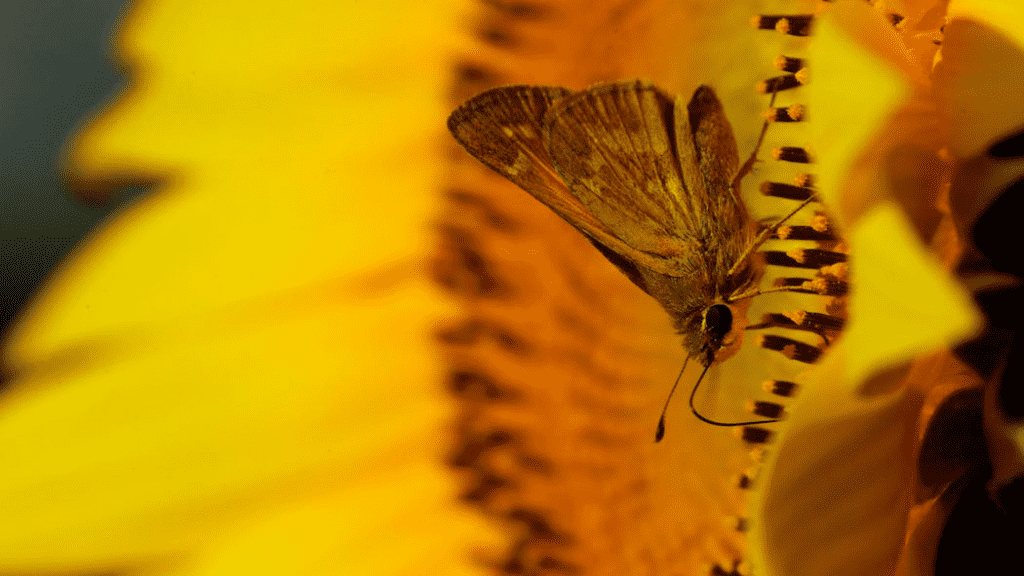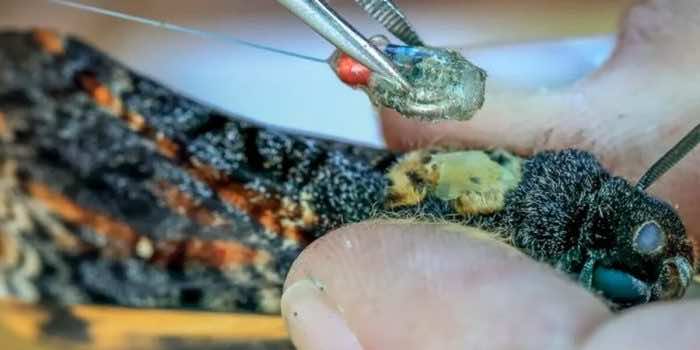It goes without saying that the emergence of the tracking system has optimized the concept of route navigation, and by utilizing this cutting-edge technology, scientists have made an amazing discovery. They have conducted research on death’s-head hawkmoth, a moth specie, to investigate their flight path and other measurable characteristics. These moths are usually found in Europe and Africa and are renowned for their atypical skull-like blemishes found on their thorax. Another interesting fact about moths is that when they feel irritated, they usually demonstrate it by glaring their bright-yellow abdomen. The research revealed some very exciting findings about moths and has also opened the doors for further research in this field. The research has been published in Science.

The researchers have integrated trackers that weigh less than 1 gram into these insects to find out about their trajectory and other important factors they implement during their journey. For the research purpose, the sample size was taken to be 14 moths and each of them were tracked for up to 4 hours straight. This time period was more than enough to deduce some important observations from their journey. Along with this, a Cessna aircraft has also been flying over them at a considerable distance, which acts as a receiving antenna for the trackers.

A precise location of the moths has been updated on the receiving antenna every five to fifteen minutes. It should be noted that researchers are very curious about these migratory insects regarding their point of origin and destinations. They want to know where they come from and how they will travel amid strong winds. The research revealed that in the event of tailwinds, these moths prefer to fly downwind because the wind coming from the rear side further pushes them towards their destination.
On the other hand, when there is a headwind or crosswind blowing, they tend to fly low to the ground and keep on adjusting their trajectories with their heads. The results from the tracker revealed that these moths effectively traveled in a straight path without any significant deviation, and the longest path recorded was 90 km (56 miles) for four straight hours. Hence, this shows that apart from the birds, these insects are also efficient in navigating through the routes. Once the researchers get into more details of the origins of insect migration, it would then provide a lot of benefits for agricultural purposes and transfer of matter from one place to another as well.


